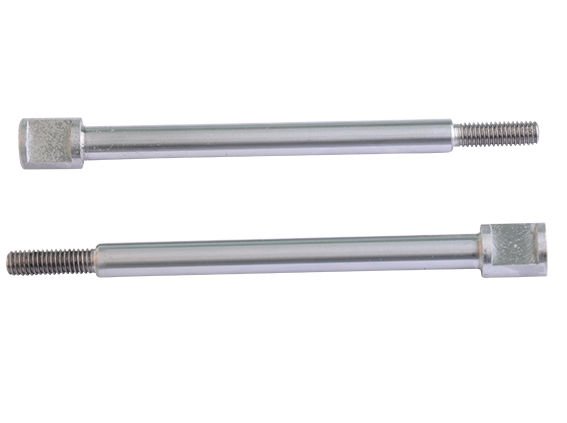Transplanter Parts: Essential Components for Efficient Planting
2025-02-12
Transplanters play a crucial role in modern agriculture, making the process of planting crops faster, more precise, and less labor-intensive. Whether used for vegetables, flowers, or other crops, these machines rely on high-quality transplanter parts to function effectively. Understanding the different components of a transplanter and their importance can help farmers maintain their equipment and improve planting efficiency.
In this blog, we will explore the key transplanter parts, their functions, and tips for maintaining them to ensure long-lasting performance.
Key Transplanter Parts and Their Functions
1. Seedling Holders
Seedling holders grip and release young plants into the soil at the right depth and spacing. These parts must be designed for precision to prevent damage to the seedlings.
2. Planting Fingers and Mechanisms
The planting mechanism consists of rotating or sliding fingers that carefully place seedlings into the prepared soil. They ensure uniform spacing and proper positioning to promote healthy growth.
3. Furrow Openers
Furrow openers create small trenches in the soil where seedlings will be placed. These components must be durable and sharp to work efficiently in different soil conditions.
4. Press Wheels
After planting, press wheels gently press the soil around the seedlings to secure them in place. They help maintain good soil contact, which is essential for root development and water absorption.
5. Conveyor Belts and Chains
Some transplanters use conveyor belts or chains to move seedlings from the trays to the planting mechanism. These moving parts must be properly maintained to avoid jams and ensure continuous operation.
6. Depth Control System
A depth control system adjusts the planting depth based on crop requirements. Consistent depth ensures uniform growth and reduces the risk of seedlings being buried too deeply or left too exposed.
7. Drive Wheels and Gears
Drive wheels and gears power the movement of the transplanter, ensuring synchronization between the seedling placement and the machine’s forward motion. Well-maintained gears help keep operations smooth and efficient.
8. Frame and Support Structure
The frame holds all components together and provides stability during operation. A strong and durable frame helps the transplanter withstand different field conditions and long hours of use.
Maintaining Transplanter Parts for Long-Term Use
To keep a transplanter in optimal condition, regular maintenance of its parts is essential. Here are some maintenance tips to ensure reliable performance:
- Clean After Each Use: Dirt and debris can accumulate in seedling holders, furrow openers, and other moving parts. Cleaning them after each use prevents clogging and rust.
- Lubricate Moving Parts: Applying lubrication to gears, chains, and other mechanical parts reduces friction and prevents wear.
- Check for Wear and Tear: Inspect planting fingers, wheels, and belts for signs of damage. Replacing worn-out parts on time prevents breakdowns.
- Ensure Proper Alignment: Misaligned components can cause uneven planting and reduce efficiency. Regularly check alignment and make necessary adjustments.
- Store in a Dry Place: Storing transplanters in a sheltered area prevents rust and extends the lifespan of metal components.
Conclusion
Transplanters are valuable machines that help farmers plant crops efficiently, and their performance depends on well-maintained transplanter parts. By understanding the function of key components and following proper maintenance practices, farmers can ensure smooth operation and higher crop yields. Investing in high-quality replacement parts and regular upkeep will extend the life of the machine and contribute to successful planting seasons year after year.



